What are featured snippets? How can they benefit your business?
Google’s Hummingbird algorithm was designed to gain an understanding of the intent behind customer’s search queries, provide the most relevant search results, and offer the best user experience possible. One of the most sought after features of this is the featured snippet.
Understanding what a featured snippet is, and how to get one can be difficult to get your head around, which is why we have put together a guide to help you optimise your content to pinch a featured snippet spot.
What is a SERP?
SERP stands for Search Engine Results Page. Simply, it is the page that a search engine displays in response to a searcher’s query.
SERP features are any search result feature that isn’t a traditional organic
‘blue link’.
These include paid ads, map packs, shopping results, and featured snippets.
What is a Featured Snippet?
Featured snippets, also known as answer boxes, are snippets of text that are displayed at the top of Google’s search results in response to a searcher’s query. They are extracted from the top 5 search results and usually take the form of a short summary paragraph, list, or table.
Featured snippets are a fantastic method of gaining organic traffic to a website as they appear above the #1 spot on Google, which is also referred to by marketers as ‘Position 0’. Because featured snippets generate organic content, they can be utilised by anyone at any time.
Featured snippets are one of the best ways to capture the attention of voice searches, as they are likely to be read out as the direct answer to a searcher’s query on Google. With voice search features continually on the rise, content producers are now considering it paramount to adapt to this change in the market.

How to Optimise Content for Featured Snippets
Follow these best practises:
1/ Identify areas that you are already ranking for
Specialist areas that you are already ranking for will be the easiest to optimise for featured snippets because Google already considers them to have value.
Look for current featured snippets, and create content that is more valuable than the existing one in order to outperform your competition.
For example, if you were a coffee shop, you might be ranking highly for a blog surrounding the topic of ‘what is a chai tea latte’. Within this you may find that the search terms ‘what is a chai tea latte’, and ‘how to infuse spices into tea’ have featured snippets that are taking valuable organic traffic from your website.
Instead of creating entirely new unique content in an attempt to compete with these featured snippets, you should optimise your existing blog on ‘what is a chai tea latte’ to provide more value to searchers than your competition.
2/ Know your keywords
You need to know what your audience is searching for if you are going to optimise posts for featured snippets; keyword research is critical to achieving results.
Aim to find specific long-tail keywords within your already high ranking pages, such as ‘when should I put honey in my tea’, rather than ‘chai tea latte’. This is because search queries that include long-tail keywords and ask ‘how’ and ‘what’ questions are more likely to display featured snippets.
3/ Answer questions directly
The purpose of featured snippets is to provide searchers with a quick and direct answer to their search query. Answer questions outlined in your titles and headings directly so Google can understand them straight away.
Go into detail and cover lots of areas within your chosen topic. This will give you the best chance of appearing in a featured snippet as your content answers multiple searcher’s queries.
For example, a blog discussing ‘what are chai tea lattes’ would also contain long-tail headings such as ‘what are the health benefits of chai tea’, ‘where does chai tea come from’, ‘how long should I steep chai tea for’, and give direct answers to those questions in the form of lists, paragraphs and tables.
4/ Be objective and concise
Make sure your answers to questions in content optimised for featured snippets are objective, clear, and concise; the maximum length of a featured snippet paragraph is 97 words, or 8 points for a numbered or bullet pointed list.
Avoid using fluffy, descriptive language to give your content the best chance of being featured above the #1 spot in the SERPs.
5/ Format content clearly
The most important thing you can do to optimise content for featured snippets is to make sure it is formatted properly. Google is becoming increasingly competent at matching search results to user intent and content with a confusing structure will be skimmed over and considered not able to fulfil it.
How to format content clearly for featured snippets:
- Break down the information into digestible chunks, and feature them in the form of short and concise paragraphs, lists, and tables.
- Use titles and headings that match searcher’s queries directly, and ensure that subheadings are directly answering the questions of the headings.
- Use a clear structure for your code. HTML headers and title tags should be clear; using H2 and H3 headers formats your content in a way that Google can recognise and crawl easily.
6/ Optimise your overall on-page SEO
If your overall website isn’t following on-page SEO best practises, then the chances of it ranking on page 1 of Google, let alone being considered for a featured snippet, are slim.
Make sure that your images are stored at the size they are displayed at, or condensed to reduce loading speed; your website is enhanced using backlinks and internal links; and your website is following Google’s best practises for keyword optimisation.
7/ Create high quality content
The foundation of any SEO strategy is creating valuable content for your customers. If your content isn’t valuable then your customers won’t read and share it, and Google will not class you as a trustworthy source of information.
Creating high-quality content that provides more value to users than your competitors is key to challenging the current featured snippet champion.
Quality content is determined by Google based on expertise, authority, and trustworthiness (E-A-T), so aim to emulate these attributes. E-A-T is important to consider when creating any content for your website because failing to demonstrate these 3 things, or spamming your website with low-quality content will get you penalised by Google’s Panda algorithm.
8/ Monitor progress
Success is not determined by posting once and leaving the work to accumulate traffic. In order to fully take advantage of featured snippet opportunities, you need to monitor the progress of your posts.
Content optimised for featured snippets is not going to jump to the position overnight. Make sure that you fully commit to the process by checking your post every day to see if there are any changes to the post’s traffic, interaction, and shares.
You should also keep an eye on the featured snippet position. If the position you are aiming for changes to a different piece of content that isn’t yours, try updating your content once again to compete with the new snippet.
Remember that making your content more suggestive to featured snippets will only improve your chances of getting one, it is not a guarantee.
At
Infoserve, our
SEO experts and professional Content Writers are committed to delivering high quality content and using SEO techniques to drive your website forward. For more information on how we can improve your position in the SERP, please contact a member of our friendly team.
Don’t know where to start?
Here at
Infoserve, our
web design experts are on hand to help you create and build a unique, functional and responsive website, and our
PPC and
SEO team are help your website get found.
Call us today
0800 089 0879













